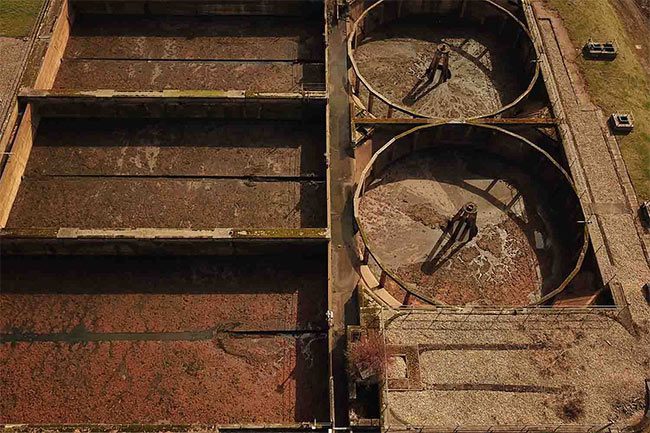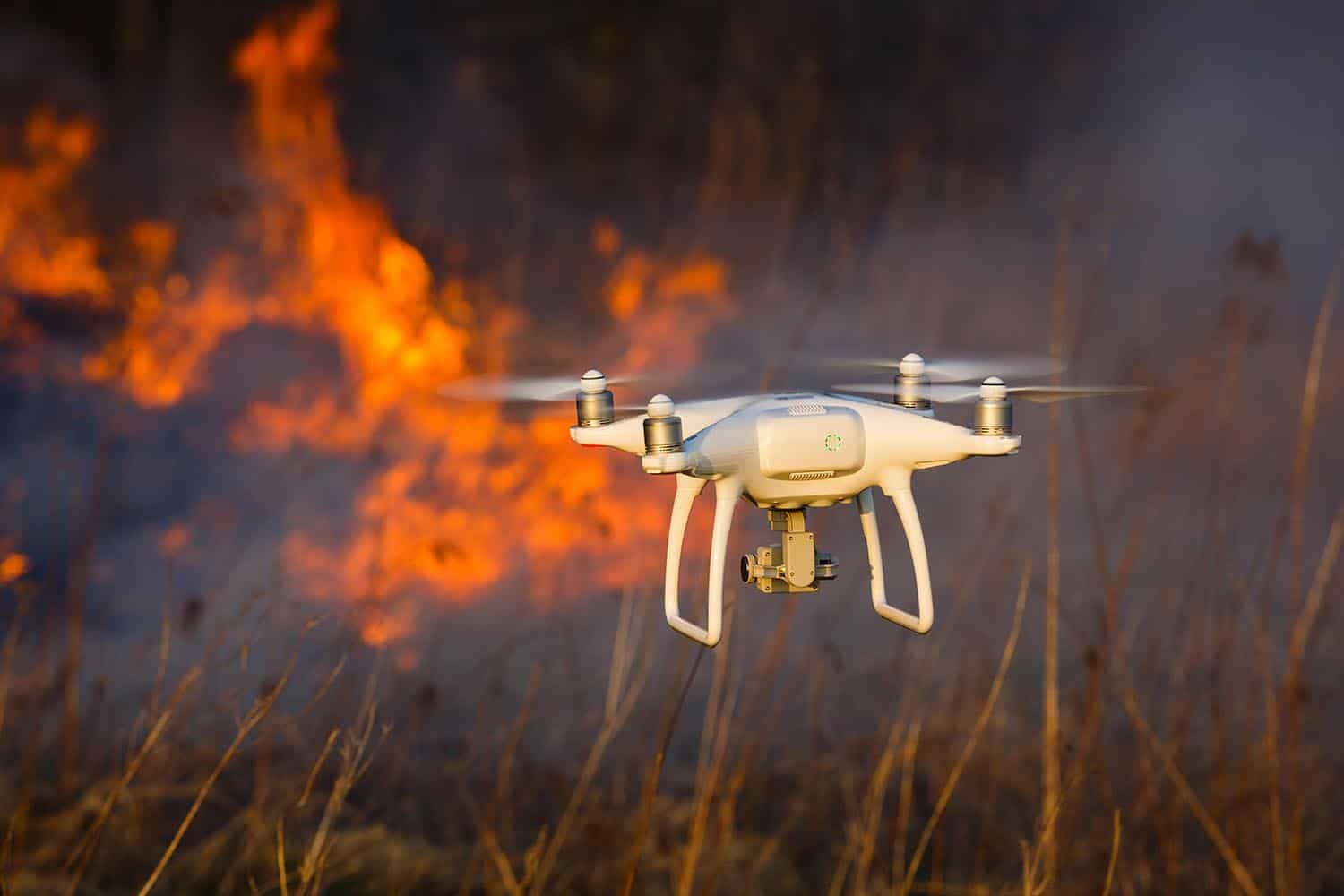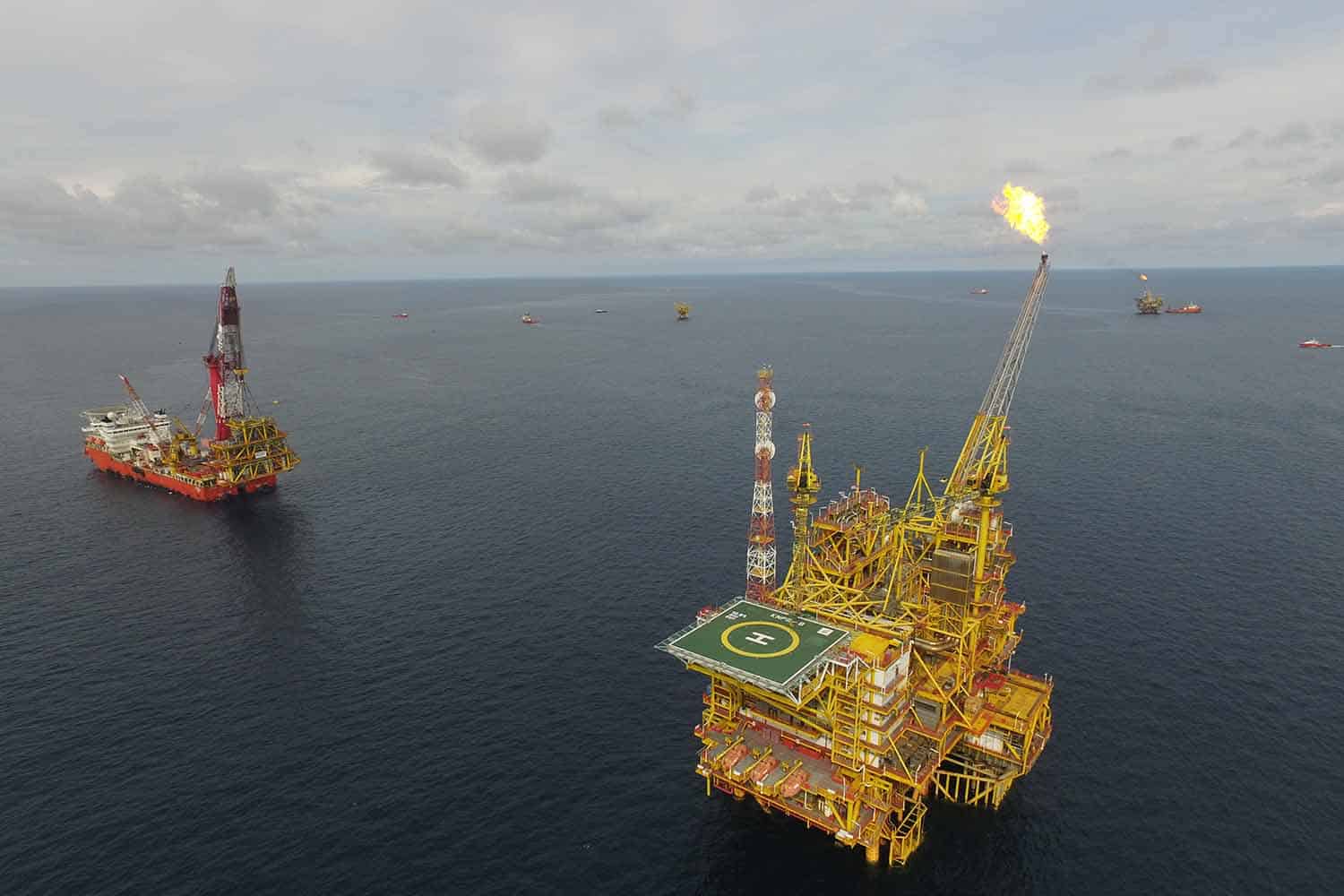The 5 D’s for Drone Use
July 17, 2018
It wasn’t too long ago that drones were regarded as just RC toys for folks with extra time or money on their hands. But the landscape has changed. Today, drones are revolutionizing commerce, delivering actionable insights and performing tasks that help companies increase efficiency, save money, and pioneer new service offerings.
Though some of these insights and tasks are achieved through analytics and mapping software, in certain cases, a pilot with a drone is all you need to facilitate cost-savings and innovate processes. Any business – from the global Fortune 500 enterprise to the small business entrepreneur – can leverage drones to capture valuable data, streamline operations, and perform jobs unfit for humans.
As GE Ventures put it, the perfect jobs for drones can be boiled down to the 5 D’s:
- Dull
- Dirty
- Dangerous
- Distant
- Data
Can your business benefit from drones? We break down the 5 D’s further to help answer that question.

The Dull: Use drones to automate repetitive tasks
Monotonous, repetitive jobs can be a liability for business. Studies have shown that when an employee experiences boredom, a loss of focus and frustration can occur, resulting in subpar or inefficient work output, a lack of due diligence, and a greater likelihood of accidents.
Not all dull jobs can be performed by drones, but some – like inventory management, which requires monotonous walk-throughs and repetitive scanning – can leverage drones for expedient and comprehensive task delivery. Retailers like Walmart have been testing drones for inventory management in their distribution centers, and Amazon just filed a patent for a bubble-like drone with a claw for use in its warehouses. There are drones specifically designed for inventory management; one example is the Eyesee, which uses sensors and geolocation to fly around and scan inventory, capturing hours’ worth of data intake in minutes and reporting in real-time to the operator.
Though the use of drones for dull applications like inventory management started as the domain of billion-dollar corporations, with the rapid pace of drone technology, this capability is now available to smaller companies.

The Dirty: It’s a dirty job, but now drones can do it
Drones are being used to collect data from notoriously dirty locations, like mines, landfills, and wastewater treatment facilities. In the example of wastewater treatment facilities, plant managers use drones to inspect the interior of collectors and pumping stations. The drone flies in, captures visual data, and reports current conditions to the operator. This protects workers from exposure to any airborne pathogens or those present in the water.
In addition to capturing robust visual information, the ability of drones to perform physical tasks presents solutions for other dirty or messy jobs. The aeronautic robotics company Apellix is developing drones that can be used to spray paint large structures and wash windows and building facades. Not only do these solutions spare humans from getting dirty or messy, but they present safer methods of job fulfillment – which leads us to the next “D.”

The Dangerous: How drones improve worker safety
Drones can act as eyes, ears, and hands in dangerous areas, providing quick aid and preventing risk to life. Disaster relief is a prime example. When a tsunami destroyed the Fukushima Daiichi nuclear plant in 2011, drones were used in the air and on the ground, sparing rescue workers from combing through the toxic wreckage. Drones assessed the damage, measured the levels of radiation, and helped with rebuilding efforts.
For everyday uses, drones offer excellent worker safety. Construction project managers, for example, can send drones into dangerous zones to conduct assessments and monitor progress, minimizing the site manager’s liability and streamlining the process. Drones are frequently used in to inspect transmission lines, wind turbines, cell towers and other industrial assets at height, keeping workers safely on the ground.

The Distant: Drones see farther, faster
Worksites, crops, or assets in difficult to reach areas sometimes never get the visual inspections they need until a problem has already occurred and escalated. Why risk these losses when drones can go the distance for you?
Drones offer a relatively cheap and quick way to gather data from distant locales. A drone can take overhead footage that provides a bird’s-eye-view of the site, then travel within hours to spots that might take teams a day to reach. The drone is able to avoid terrain hazards while gathering insights that help site operators manage their assets.
Drones can survey, inspect and monitor large areas extremely quickly and efficiently.
Whether covering acres of crops in agriculture uses, miles of pipeline or transmission lines in asset inspections, or capturing details for comprehensive site management, drones can dramatically reduce the cost of transportation (both in fuel and work-hours) and data collection in far-flung places.
Other ways in which drones are being used to tackle distance include performing underwater marine research and environmental surveying with submersible drones, and transporting medical supplies to isolated hospitals in places like Rwanda.

The Data: Never-before-seen insights are revolutionizing business
The insights that can be gleaned from drone-captured data are revolutionizing so many industries. In Agriculture, combining drones with LiDAR, photogrammetry, mapping and thermal technologies, data is helping increase crop yields, address crop disease and infestation, and perform soil and field analyses for irrigation and nitrogen management.
Data also includes more straightforward forms of information. Wastewater treatment facilities use drones to gather water samples from far-flung locales. Worksite managers leverage aerial photography to create bird’s-eye time-lapse views of their site that reveal construction progress or how environmental factors are impacting their assets. Visual information that once seemed an impossibility to obtain is now readily – and cheaply – accessible due to drones.
Learn more about how drones can solve for the ‘5 D’s’ in your industry – contact us now for a free consultation.